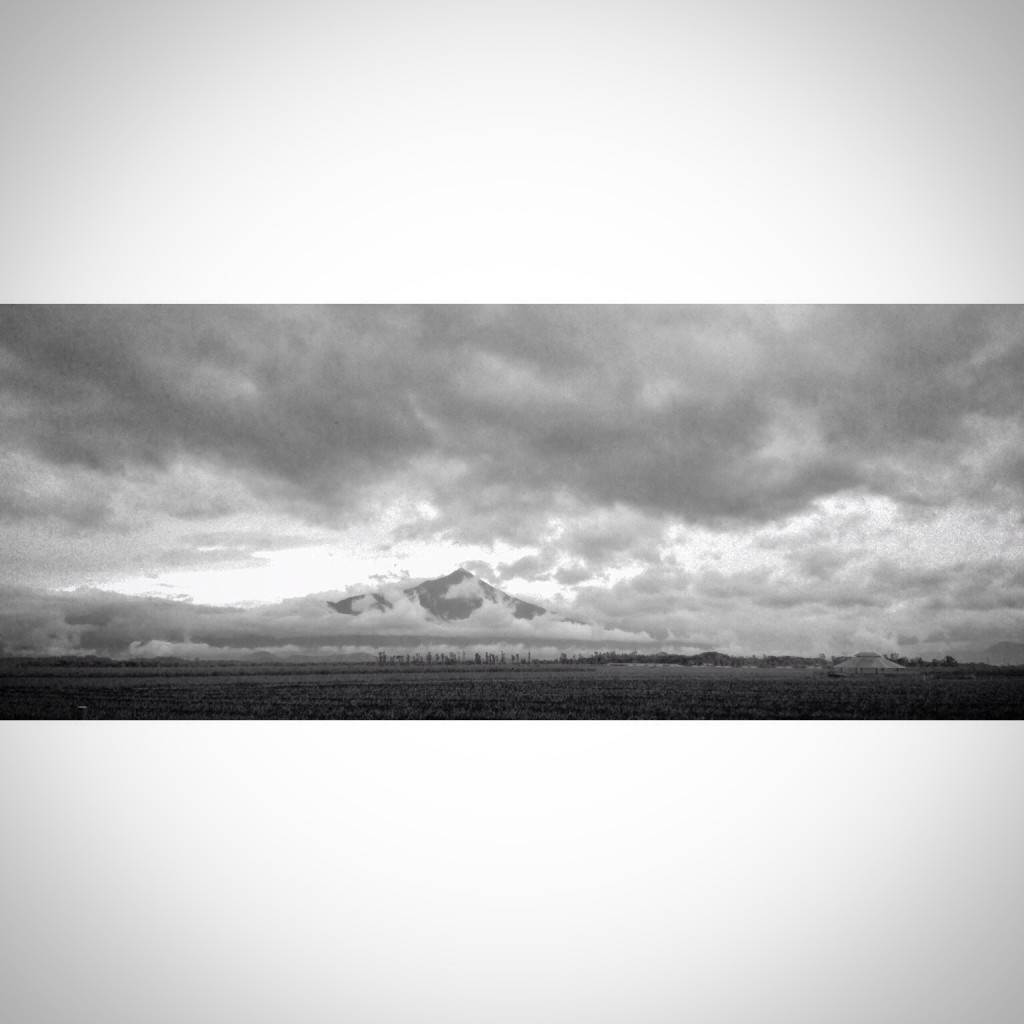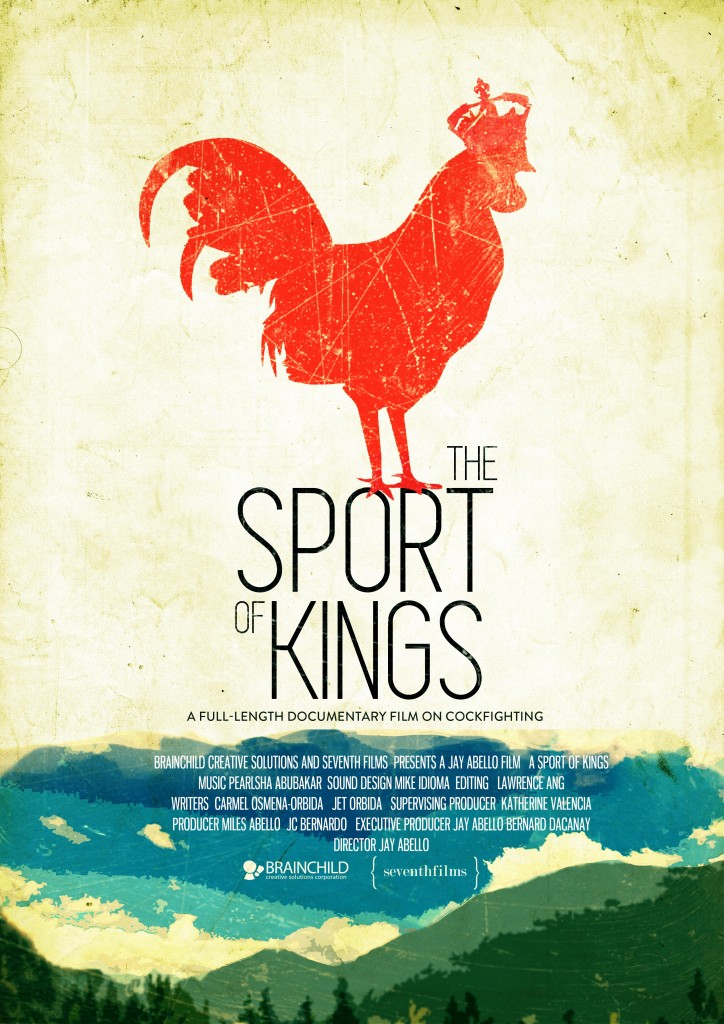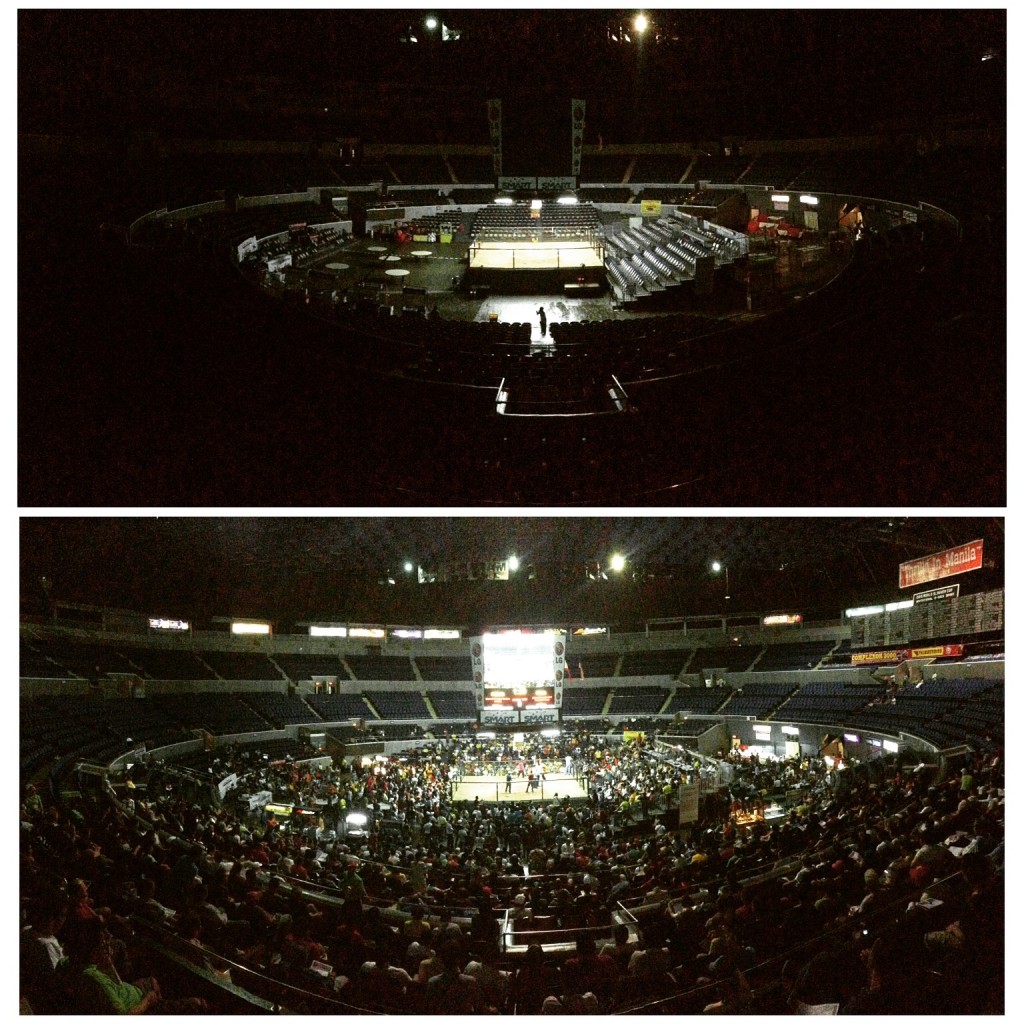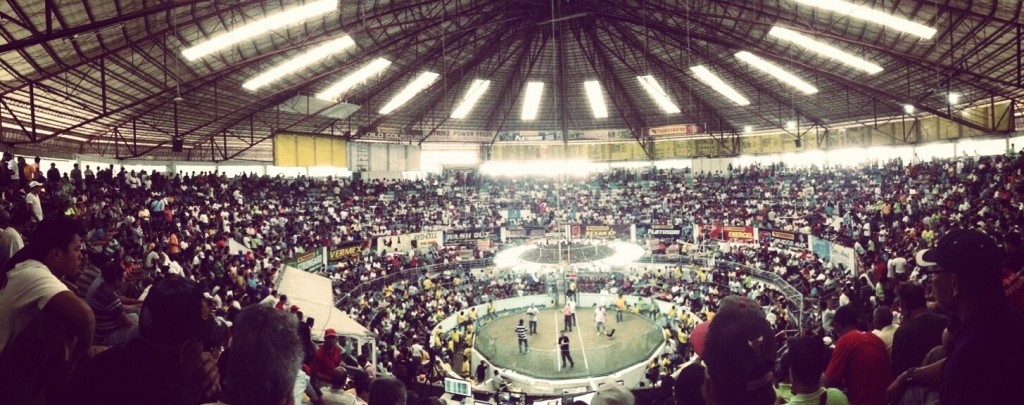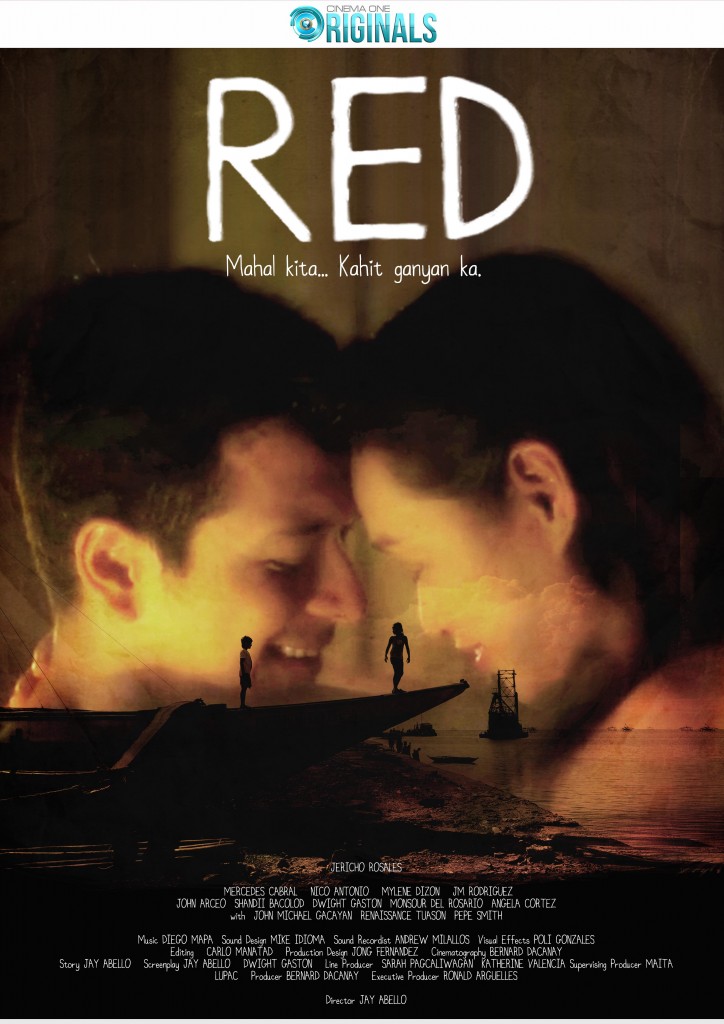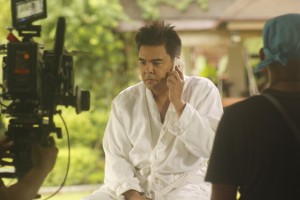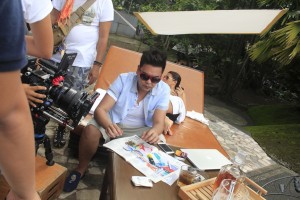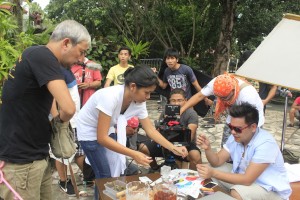There is a place in Luzon called Surf-town and up until I started to surf 3 years ago, I didn’t know there was this place. You can ride a bus at midnight and wake up just before the sun rises and be on the main highway fronting the surf, walk less than 3 minutes and the waves are waiting. Yep, there is a place called Surf-town and it is in San Juan, La Union.
La Union was a place my parents would bring us going down from Baguio when we were small. It was a beach town. And coming from the cold Baguio weather, swimming in the beach was such a treat. And back then, Baguio was an 8-hr trip from Manila so La Union was a great stopover. But it was always just that, a stopover.
I learned surfing on a wave pool. Lorraine Lapus taught me how to surf so it was easy, you wanted to go to class because you had a hot teacher in a bikini. I never went out into the ocean until 2 years later but every year, I’d go back to the wave pool until one day, a friend and I were both nursing a heartache bad enough we just wanted to run away and surf. Being in the water and away from Manila gave me great energy and perspective. It literally healed me. There’s nothing deep about it, no secret formula there actually, it’s a simple equation really—one chick or a hundred… in bikinis?
On my first few trips out to surf, I remember, I wanted to do a documentary on surfing and I remember distinctly that it was the story about the locals that I found the most interesting. I always had the impression that surfing is for the rich and the affluent. But the real rock stars of surfing are the locals. They are. And they are neither rich nor affluent. And then there is this cultural phenomenon that happens between male locals and these white foreigner chicks that to me was the main story. They were for me the most fascinating thing about surfing in the Philippines. Let me leave that for all you readers to discover for yourselves, this is not the right medium for it. It makes for a great documentary film actually. I wish someone would find the time to do that.
It is important to be reminded that the waves are free and the locals live right next to it, they grew up in it. How lucky are they? I grew up in two very small towns called Isabela and Silay in Negros island. In Isabela, the view I had outside our window was the mountain, up-close. Literally, a front view of a mountain. Theirs is the ocean, the waves. I get that. I get why that is priceless because for the 2nd half of my life I have since lived in Manila where my nearest neighbor is either traffic or a mall. For a probinshano, you miss the fresh air and the sound of a tricycle.
Learning about surfing and getting out there, making new friends in the surf community has given me a way out of Manila, a way to survive the toxic nature of Manila. So I feel lucky and yet torn. I know I want to move back to the province but how? And then you meet and girl like Mia and a guy like Kiddo who actually have done it, uprooted themselves in Manila and moved up North… and so you plan and dream for that day and muster enough guts to eventually do so. But yes, I believe in living in the province. Fresh air, fresh food, lower cost and higher standard of living. Free surf, every single day.
When I started surfing, I have to admit that I found it quite odd that most of the surfing season were in the rainy months. I don’t particularly like being under the rain. But it didn’t take long, once you got stoked, everything didn’t matter anymore, you just wanted to get in the water. What was interesting is that it made me appreciate the beach year-round. Where as before, I only appreciated the beach in the summer. Now, there are 2 reasons to go and enjoy the beach.
Even when we discussed when to release the film, my first instinct was Febuary preparing for the summer months. And surf season ends a little after Febuary. But a lot of people might think November is a cold month to be surfing. That also what I thought before trying it out. But the water is fine and warm. We are blessed to be a tropical country. Our waters are perfect. And that is the beauty of it all. You can surf in December and you won’t have to wear a wetsuit to keep you warm. Now that is special.
We filmed for 12 days straight and we were mostly filming outdoors. Even when we would be in the hostel, Flotsam design being mostly open, in the middle of May, your best hours would be early in the mornings and late in the afternoons. From 8 in the morning to 4 in the afternoon, the sun would be brutal. But then the sunset would come and it would change everything. The La Union sunsets are magical. For 11 straight days, we had perfect sunsets.
We would set up for our scenes for the sunset by 4:30 and behind us there’d be dark clouds and rain moving in from the mountains. And we’d ready our umbrellas and it would approach but it would never fall on us. Not even a drop. 11 days straight. On the 12th day, we had readied a scene with Marcus Adorro and the Stoked Land Rover by 4:30pm but I didn’t want to shoot it because the sun was still high. Then it drizzled. I wanted to wait for the sunset. But then the rain really came and dropped on us. It rained hard till past 10pm straight. We never got to shoot the Land Rover. But we had 11 glorious days of sunsets. I think God just wanted to remind us of how much he’d sparred us from the rainy season. I stayed another 2 days in Flotsam right after the 12-day shoot and it was already rainy season—it din’t even feel like the same month. We were spared and it was perfectly fine. Time to wrap the film I guess. That was the last day of May.

